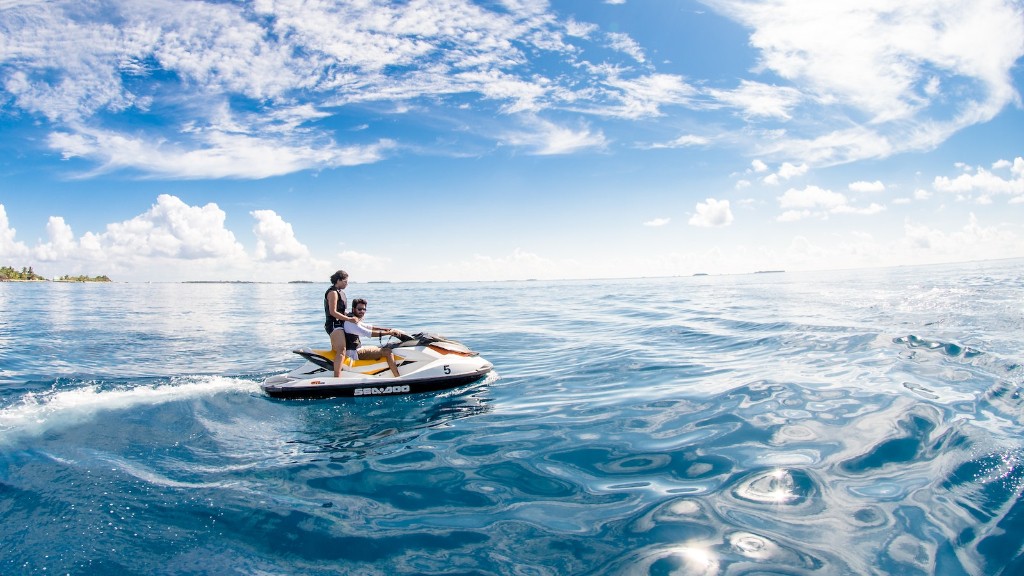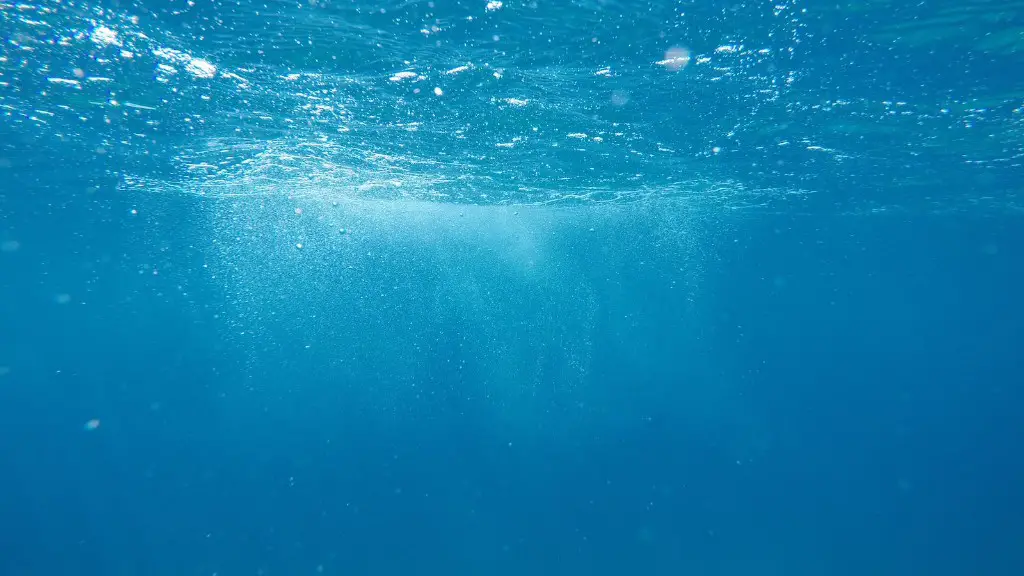A Pivotal Moment In The South China Sea:
The South China Sea has been a long-standing source of tension between multiple countries in the Southeast Asian region. China, Taiwan, the Philippines, Vietnam, Malaysia, Brunei and Indonesia all have overlapping territorial claims in the area. This issue of competing claims has resulted in numerous disputes, escalating tensions and a number solidifying a ‘Cold War’ type atmosphere in the region.
The islands in the South China Sea are particularly important to China as they are seen as a way to extend itsnavy footprint, as well as accessing valuable energy and minerals that could potentially revolutionise its economy. Considering the scope of these resources, it is unsurprising that China is so keen to be the dominant party in the area.
Some experts claim thatChina’s control of the region could permanently damage the established global order by significantly undermining the international law system. On the contrary, other experts claim that China’s presence in the region can be positive – with the potential to bring much needed economic trade and development to a region that desperately needs it.
What is Happening in the South China Sea?
In recent days, the South China Sea has been the site of a major confrontation between Chinese and US forces. China has continued to install military facilities and expand its presence in the area, leading to pro-Chinese harassment of the US military vessels.
This provocative behaviour by China has resulted in Washington imposing economic sanctions on Chinese businesses, a move that has led to a sharp rise in tensions between the two nations. In response, China has threatened to retaliate against the US with military action, taking similar steps as they did against other nations with claims in the region.
Regardless of the outcome, it is clear that this is a pivotal moment in the South China Sea, where the seeds are being planted for lasting change – either a warming of relations or a further escalation of tensions between the countries involved.
The Role of the US
The US has long been seen as a protector of the area. It has continuously sent ships and aircraft to the region, in what it calls ‘freedom of navigation’ operations. These operations are meant to demonstrate US support for its allies in the area, as well as for international law.
However, given the US’s strong stance against Chinese aggression, it appears that Washington is no longer content to just support its allies – it is now intervening directly. The US has sent warships directly into the contested waters, to demonstrate its commitment to the international legal system, as well as its support of freedom of navigation.
It is also sending a message of deterrence to China, warning it against trying to expand its presence in the disputed areas. This move is significant, as it is a clear demonstration of America’s willingness to take a stand, even if doing so risks an escalation of tensions.
China’s Response
In response to the increased US presence, China has deployed an increased number of vessels and aircraft to the South China Sea. This has resulted in a number of confrontations between the US and China, with each nation accusing the other of violating international law.
China has also taken a more aggressive stance towards its neighbours, threatening them with formidable military capabilities. The most visible manifestation of this has been China’s deployment of anti-ship missiles, which it has used to assert its dominance and deter foreign vessels from entering the area.
Furthermore, China has refused to acknowledge the recent Permanent Court of Arbitration decision, which ruled that some of China’s claims in the area are not in line with international law. This has been seen as another sign of Beijing’s unwillingness to compromise or back down in this ongoing standoff.
Effects on Global Order
The tensions in the South China Sea have global effects and are increasingly seen as a potential catalyst for further conflict, as well as a test for the power dynamics at play. China’s strong stance and refusal to compromise have led some to worry that it is seeking to create a ‘China-centred order’, which would be a vast departure from the existing international system.
The increased militarisation of the region, as well as a shift away from international law, could have repercussions far beyond the South China Sea, as it could prompt other nations to follow suit. This could cause a breakdown of the global order, as nations would no longer be bound by the same rules and regulations.
In addition, a shift away from the international law system would also be detrimental to the US, as it has traditionally been at the forefront of upholding the rule of law in the international arena. Thus, if China is successful in undermining the global system, then it would significantly reduce the US’s influence in international affairs.
The Future of International Order
The current confrontation in the South China Sea is seen by some as the first step towards a reordering of the globe. If this happens, then it could have far-reaching implications for the international order, leading to a collapse in US hegemony and an alternative global system, centred around China.
However, this is far from certain. The US has been slow to act on the South China Sea situation and has yet to put any meaningful pressure on China. As a result, it remains to be seen whether the current tensions will lead to a shift in the global order or a return to some form of balance between the nations involved.
Opportunities for Cooperation
Amidst the rising tensions in the South China Sea, there remain opportunities for cooperation. Nations with claims in the area have shared concerns over environmental protection, natural resource management and navigational safety, and have worked together to find common ground.
Governments have signed a number of regional agreements, including the Declaration on the Conduct of Parties in the South China Sea, in order to manage their disputes. Multilateral forums such as the ASEAN Regional Forum have also been organised in an effort to promote dialogue and foster collaboration between countries in the region.
Cooperation is not only beneficial for the various countries involved but also for the greater international order. A peaceful resolution to the conflicts in the South China Sea could serve as an example of how countries can peacefully resolve disputes and thus maintain international stability.
A Pivotal Point in Time?
Whether the South China Sea will become a catalyst for wholesale change, or simply a flashpoint in the ongoing stand-off between the US and China, remains to be seen. However, it is clear that this is a pivotal point in time – with tensions at an all-time high and both sides eager to assert their dominance.
Whatever emerges from this confrontation, one thing is certain: the South China Sea has become a microcosm of the wider international geopolitical climate, where tensions between great powers have the potential to shift the balance of power.





